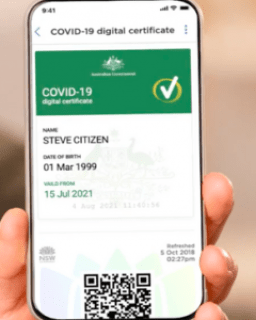
Abstract
In October 2021, the Australian Government commenced the rollout of COVID-19 booster vaccines, making them available to adults who had previously received two primary doses. Despite the wide availability of booster vaccines to eligible adults, take-up has remained relatively low. Using data from the tenth longitudinal COVID-19 Impact Monitoring Survey, conducted in January 2022, we examine the COVID-19 booster and primary vaccine take-up within Australia.
The results firstly show that females and younger Australians are less likely to have received the booster dose, in contrast to males and older Australians respectively. When controlling for a number of factors (including a proxy for booster eligibility), we find that younger Australians, those with lower levels of education, and those living in disadvantaged areas were less likely to have received a booster. Finally, when examining the association between booster hesitancy in January, and first-dose hesitancy in August 2021, we show that while there is a high level of consistency in first-dose and booster hesitancy, there has been some level of variation over time. In particular, males, young Australians, Aboriginal and Torres Strait Islander Australians, those born overseas, and those born in disadvantaged areas were more likely to have reduced hesitancy for booster vaccines, compared to the first-dose. At the same time, conversion was lower for who in low-income households and those who spoke a language other than English at home. This paper highlights that in order to increase the level of the Australian population vaccinated with a COVID-19 booster, policy needs to consider ways to encourage take-up of under-vaccinated groups.
File attachments
| Attachment | Size |
|---|---|
| Who_wants_to_get_boosted_COVID-19_vaccine_uptake_in_Australia_in_January_2022.pdf(609.43 KB) | 609.43 KB |